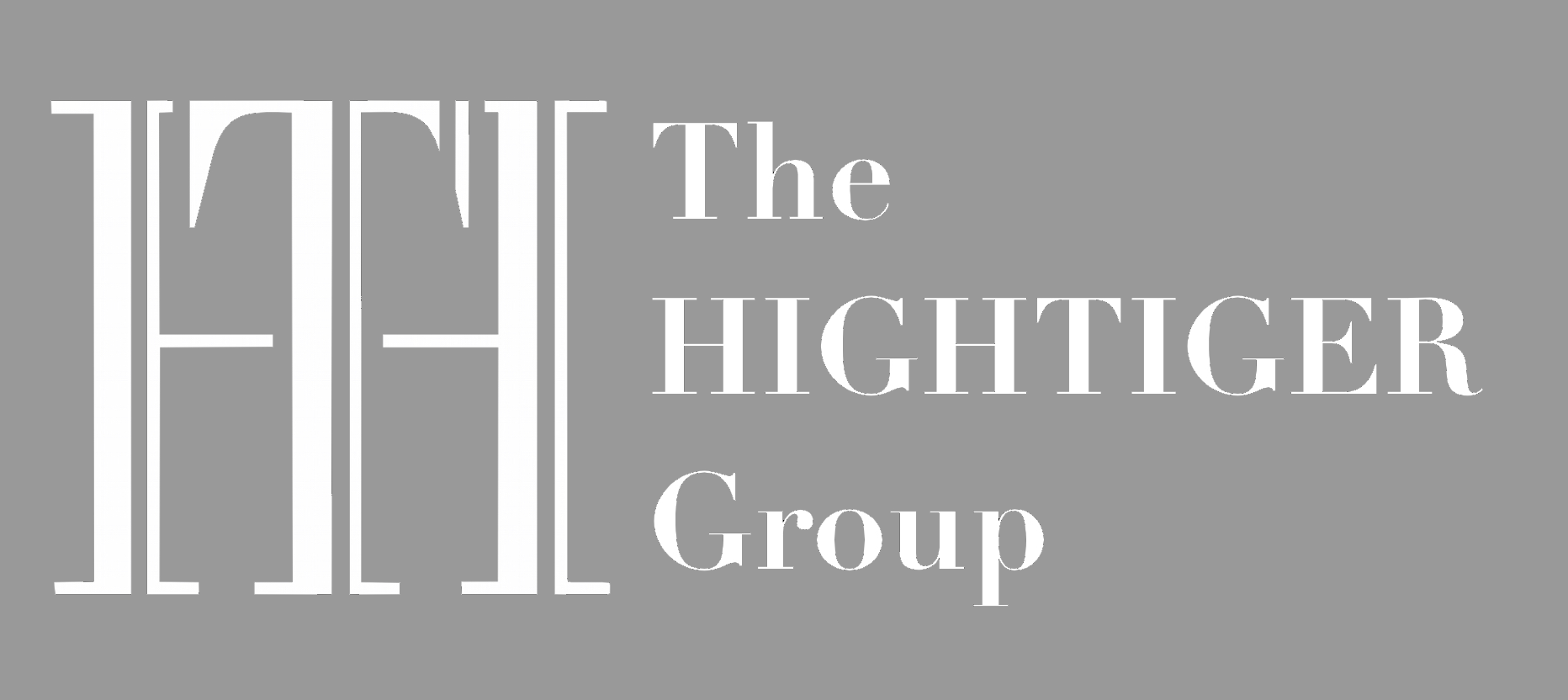Crisis Dynamics - The example of the COVID-19
UNDERSTANDING THE DYNAMICS OF A CRISIS
Analysis of a real case using concepts from the Theory of Crisis (direct input from the theoretical part of our Int2Plan’s Crisis Management curriculum).
The example of the Covid-19
Applying the KE/R Dynamic Model© to the COVID-19 can help us to visually compare the evolutive situation of the countries facing the outbreak. For illustration, we have chosen five badly hit countries with different health systems and trajectories: China, Korea, Italy, France, and Iran.
To understand the diagram:
The Kinetic Energy variable is represented by the number of simultaneous serious cases. In the case of an epidemic, acuteness, and time frame being the two components of the crisis KE (like mass & speed in physics KE, see (1) below).
The Robustness is defined by the ability of the health systems of these countries to be destabilized by perturbations, in simple terms, it is an estimation of the quality and strength of the medical structures.
The arrows show the trajectories of the countries during the crisis.
(To be noted: the positions on the diagram are not at exact scale, it is a relative illustration)
In our example (epidemic), the shift to the right is explained by the health system being impacted (medical personnel infected) and not maintained at its nominal level. After a while, it may recover, learn, and get more robust (e.g. China), moving back to the left.
The China case (yet to be confirmed) is a demonstration of the 6 phases of a crisis dynamics :
1- Start ; 2- Acceleration ; 3- Deceleration ; 4- Turning point ; 5- On the way to recovery ; 6 - Back to normal
With improved robustness if possible (see N.N. Taleb’s Antifragility concept)
THE KE/R DYNAMIC MODEL© KINETIC ENERGY / ROBUSTNESS (1)
THEORETICAL FRAMEWORK - DEFINITIONS
CRISIS: occurence of perturbations with a significantly negative effect on a pre-existing entity.
KE (KINETIC ENERGY) OF A CRISIS: violence of the collision between an adverse objet and the entity. Function of magnitude (e.g. seriousness of a sickness) and speed of the occurrence.
R (ROBUSTNESS): ability of tolerating perturbations that might affect the entity functions. Ability to resist the effect of a crisis (antonym: vulnerability)
CONSEQUENCES ON THE FUNCTIONAL SYSTEM OF THE ENTITY
(1) The analogy with concepts of thermodynamics used in this model is purely pedagogical and may deviate from the real laws of physics. E.g. as a crisis is a flow, the KE would be more strictly represented by the concept of Dynamic Pressure in fluids dynamics. The purpose of this theoretical framework is to offer consistency and rigor in the Theory of Crisis studies.
Int2Plan







